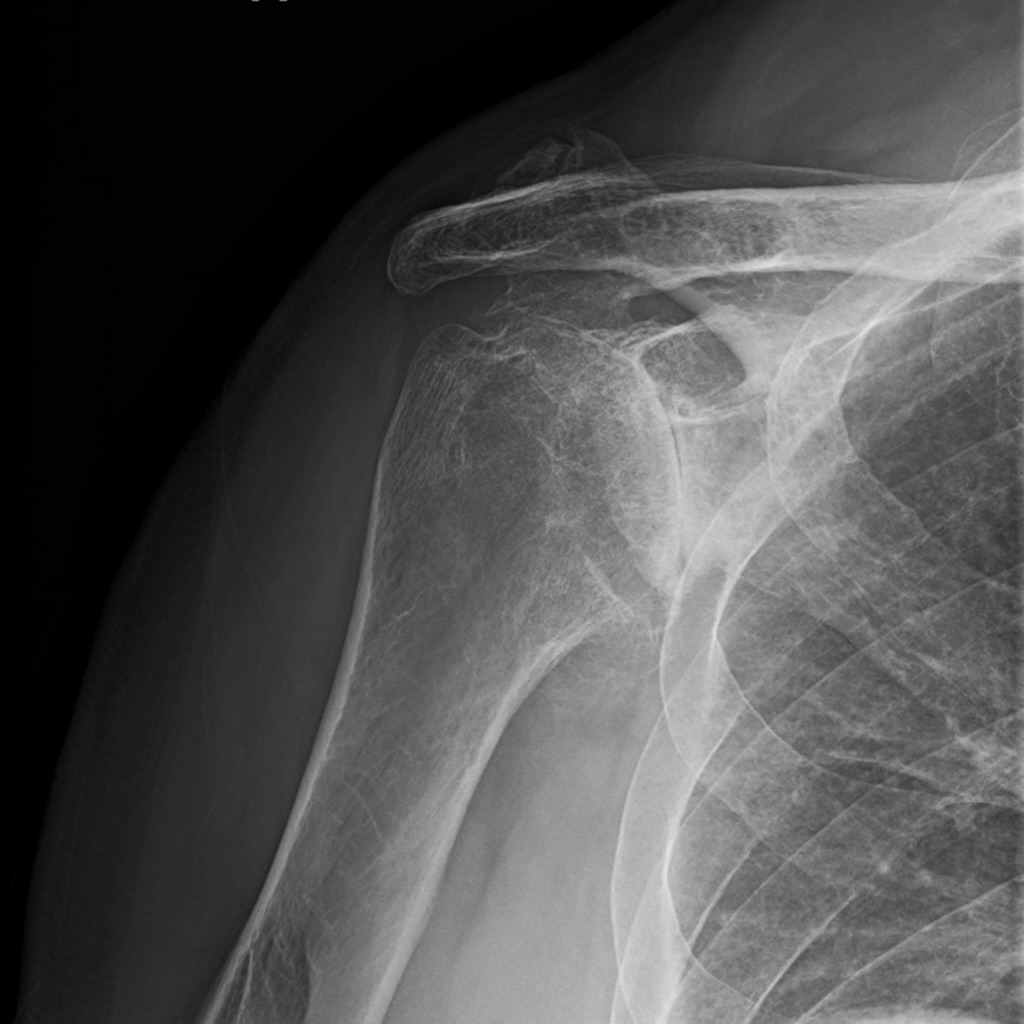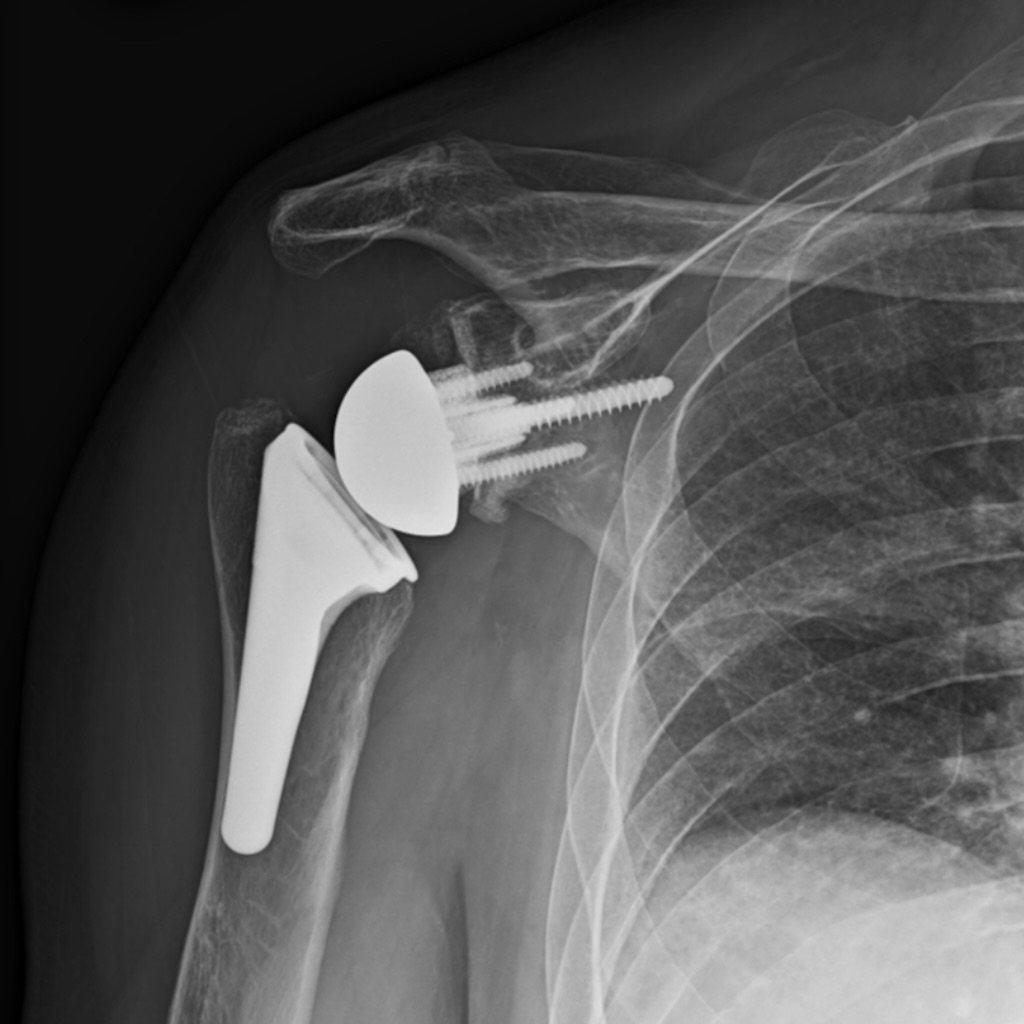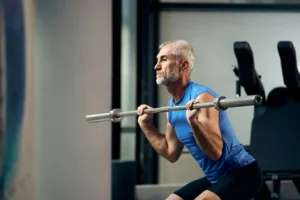Wondering what are the limitations after reverse shoulder replacement? This surgery can improve shoulder function and reduce pain, but it’s important to know the new challenges you’ll face. From reduced shoulder strength to specific activity restrictions, this post will help you understand what to expect and how to manage your recovery effectively.
Key Takeaways
- Reverse shoulder replacement surgery significantly relies on the deltoid muscle for shoulder movement, leading to changes in shoulder strength and coordination.
- Patients must adhere to specific activity restrictions post-surgery, such as avoiding heavy lifting and certain exercises, to ensure proper healing and protect the new shoulder joint.
- Effective rehabilitation and long-term care, including consistent physical therapy and regular follow-up appointments, are crucial for maximizing recovery and maintaining shoulder health after surgery.
Impact on Shoulder Strength
Reverse total shoulder arthroplasty, also known as reverse shoulder replacement surgery, fundamentally alters the anatomy of the shoulder joint, including the humeral head, by reversing the ball and socket locations, as opposed to a conventional shoulder replacement. This change leads to a reliance on different muscles for shoulder movement, significantly impacting overall shoulder strength. Instead of depending on the rotator cuff muscles, which may be damaged, the shoulder now relies more on the deltoid muscle.


This shift can lead to a noticeable difference in how the shoulder functions. The deltoid muscle must compensate for the impaired rotator cuff muscles, taking on a more prominent role in shoulder movement. Consequently, patients might experience a change in strength and coordination, as the deltoid muscle adapts to its new responsibilities.
Grasping this change is important in setting achievable expectations about shoulder strength after the operation. While the surgery aims to alleviate pain and improve function, the altered mechanics mean that shoulder strength might not fully return to pre-injury levels. This awareness helps patients and caregivers plan rehabilitation strategies effectively.
Activity Restrictions Post-Surgery
Following reverse shoulder replacement surgery, patients must adhere to specific activity restrictions to protect their new shoulder joint.
The extent of these restrictions can vary based on individual factors such as age, overall health, and the success of the surgery. For instance, older patients or those with additional health concerns might face more stringent limitations. However, most patients can resume light activities like eating, reading, and using a keyboard within a week of surgery.
Certain exercises and movements, especially those that place significant torque on the shoulder, should be avoided. For example, forward and lateral raises with dumbbells can strain the shoulder. Comprehending and adhering to these limitations is crucial for effective recovery and sustained shoulder health.
Changes in Shoulder Shape and Appearance
Reverse shoulder replacement surgery can lead to noticeable changes in the shoulder’s shape and appearance. The procedure involves repositioning the joint components, which can alter the shoulder’s overall contour. These changes are a direct result of the new mechanics introduced by the surgery.
One of the most significant alterations is in the deltoid muscle’s role and appearance, particularly after a massive rotator cuff tear. Post-surgery, the deltoid muscle becomes the primary mover of the shoulder, compensating for the damaged rotator cuff muscles. This increased reliance on the deltoid, which is attached to the upper arm bone, can stretch the muscle, causing it to lose its rounded contour, which is often seen in cases of rotator cuff tears.
Patients might also observe a lengthening of the shoulder, which can further influence the shoulder’s appearance. Even though these alterations may seem concerning at first, realizing their cause can assist patients in adapting. Knowing what to expect can alleviate concerns and help individuals focus on rehabilitation and recovery.
Range of Motion Limitations
The success rate for restoring range of motion after reverse shoulder replacement surgery is not as predictable as pain relief. Some patients experience limitations in specific movements, particularly those involving reaching behind the back or overhead. This limitation is often more pronounced in patients who had restricted motion before surgery.
Some movements that may be challenging for patients recovering from a shoulder injury include:
- Reaching the low back or same-side back pocket
- Reaching the posterior hip
The range of motion varies among individuals, and these movements may remain difficult even after significant recovery time.
These limitations highlight the importance of setting realistic goals and working closely with healthcare providers to tailor rehabilitation exercises that maximize recovery potential. Recognizing these limitations can aid in managing expectations and concentrating on attainable progress.
Pain Management After Surgery
Effectively dealing with pain following reverse shoulder replacement surgery is vital for a successful recovery. Common strategies include:
- Prescription pain relief medications
- Physical therapy to alleviate discomfort and promote healing
- Adequate sleep, as it aids the body’s natural healing processes.
Most patients experience a significant decrease in pain within the first three months post-surgery. However, persistent pain can still be an issue for some, requiring ongoing management.
To address any lingering pain and adjust treatment plans as needed, it is important to:
- Schedule regular follow-ups with an orthopedic shoulder surgeon
- Communicate any changes in pain levels or symptoms
- Discuss potential treatment options, such as physical therapy or medication adjustments
By staying proactive and working closely with your healthcare team, you can effectively manage any ongoing pain after surgery.
Knowing that pain will diminish over time can offer reassurance and motivate patients to remain dedicated to their rehabilitation programs. Effective pain management not only improves comfort but also enhances the overall recovery experience.
Rehabilitation and Recovery Process
The rehabilitation and recovery process after reverse shoulder replacement surgery is multifaceted and requires patience and dedication. Initially, the arm will be immobilized in a sling or brace for four to six weeks to allow soft tissues to heal and bones to integrate with the implant. This period is vital for establishing the groundwork for a successful recovery.
Physical therapy plays a central role in restoring shoulder function after shoulder surgery. Gentle therapy exercises typically begin one to two weeks post-surgery to gradually increase range of motion. A home-based exercise program designed by a physical therapist is crucial for consistent progress and can be modified at each visit.
The overall recovery timeline can range from three to six months, influenced by factors such as the patient’s age, health, and commitment to rehabilitation. Consistent effort and adherence to prescribed exercises are key to achieving the best possible outcome.
Long-term Care and Maintenance
Long-term care and upkeep are crucial for maintaining the benefits of reverse shoulder replacement surgery. Regular follow-up appointments with healthcare providers are essential to monitor progress and address any issues promptly. These appointments ensure the artificial components are functioning correctly and help prevent complications.
Consistent exercise can be helpful to avoid stiffness and maintain shoulder mobility. Working on upper back strength through exercises like rowing and pull-downs can alleviate pressure on the rotator cuff and improve overall shoulder function. Staying active and following a regular exercise routine can significantly enhance long-term outcomes.
By following these long-term care strategies, patients can reap the benefits of improved shoulder function, including the shoulder blade, and diminished pain, resulting in a better quality of life.
Summary
Understanding the limitations and necessary steps following reverse shoulder replacement surgery is crucial for a successful recovery. From changes in shoulder strength and appearance to managing pain and adhering to activity restrictions, each aspect plays a vital role in the overall recovery process.
Commitment to rehabilitation and long-term care can significantly enhance outcomes, allowing patients to regain function and reduce pain. Embracing these strategies can lead to a more comfortable and active life post-surgery.
Frequently Asked Questions
What should I avoid doing after reverse shoulder replacement surgery?
After reverse shoulder replacement surgery, it’s important to avoid heavy overhead lifting, certain arm positions that stress the shoulder joint, and specific exercises like forward and lateral raises. Take care to follow these guidelines for a successful recovery.
How long does it take to recover from reverse shoulder replacement surgery?
Recovering from reverse shoulder replacement surgery typically takes 3 to 6 months, but this can vary based on factors like age, overall health, and dedication to rehabilitation.
Will my shoulder look different after surgery?
After surgery, the positioning of joint components and stretching of the deltoid muscle may cause your shoulder to look different.
How effective is reverse shoulder replacement surgery in relieving pain?
Reverse shoulder replacement surgery is usually effective in relieving pain, with most patients experiencing a notable decrease in pain within the first three months.





